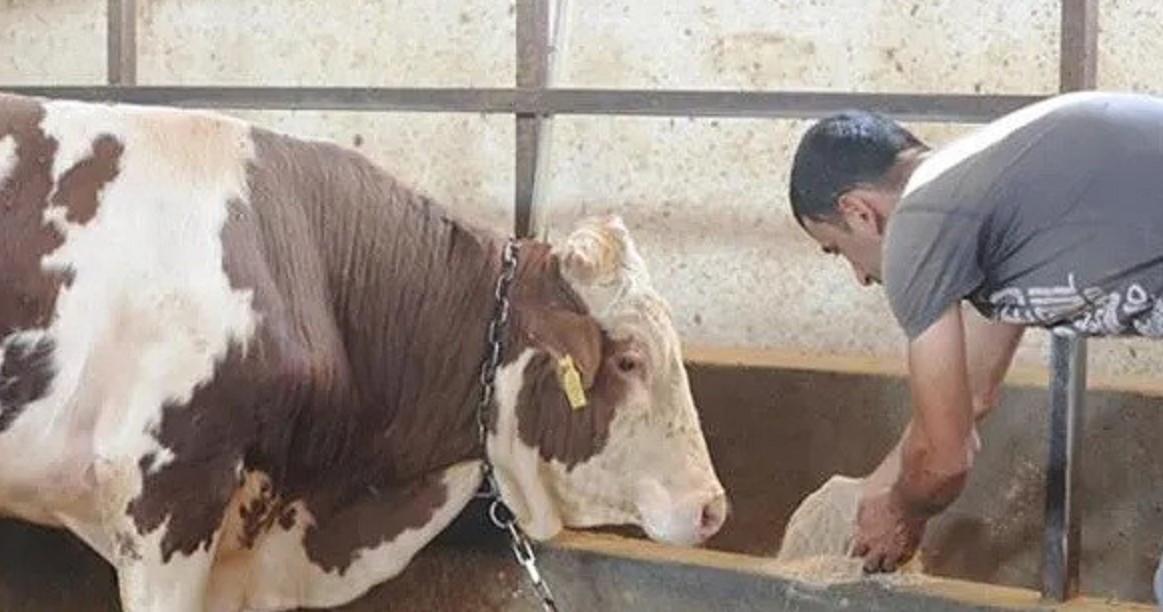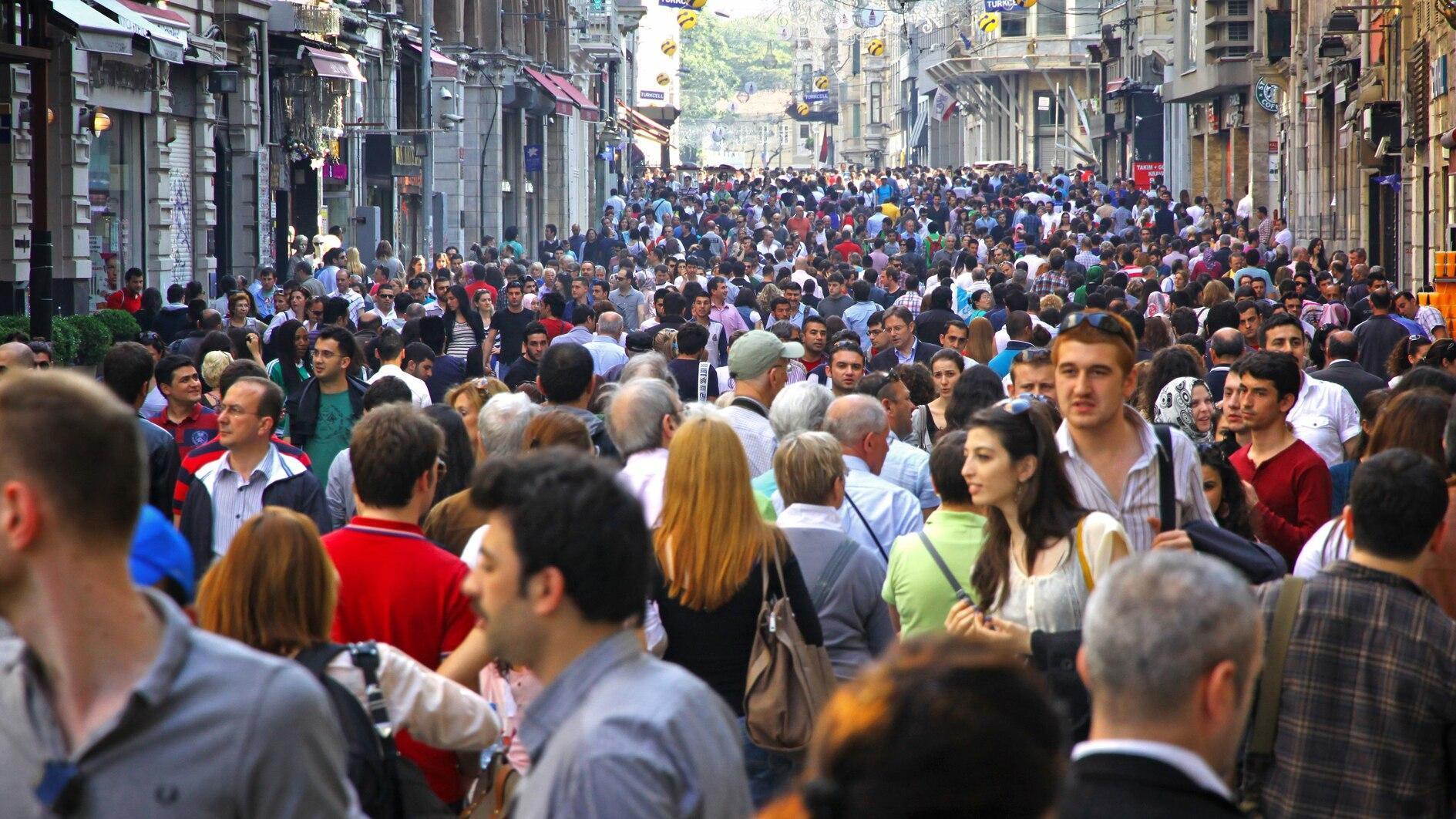Agriculture and livestock hit by earthquake

The earthquake has been devastating in 10 city centers, now certain districts of Sivas and Elazığ are also added to the list of regions heavily affected by the disaster. The area affected by the disaster is huge, all the news is naturally focused on the city centers razed to the ground, but the lesser-talked-about face of the whole picture is in the countryside, all the rural areas in between the city centers, in small villages. Aid was relatively slow to reach those areas, partly because of the adverse weather conditions and the transportation difficulties, there are several small settlements that were completely ruined without a single sound building remaining. Same for animal shelters. A considerable number of cattle were lost, for those that survived, care was not easy to deliver. While people were trying to remove the bodies of relatives and neighbors and heal their wounds, on the other hand, they were also trying to rescue and feed their animals in the rubble.
Animals don’t clock off
There is a saying in Anatolia: “Funerals wait, milk does not.” The animals need to be provided with water and fodder and milked around the clock. The earthquake-hit area is a major livestock breeding region in Türkiye’s economy. According to the information provided by agriculture expert journalist Ali Ekber Yıldırım, the presence of bovine animals in the region is 12 percent and the presence of ovine animals is 16.3 percent compared to the country as a whole. These rates are serious for the country’s livestock sector. The meat, milk and dairy sector was already in crisis, and now we are on the brink of an even bigger crisis, the livestock sector in the earthquake zone is in serious trouble. Both the production facilities and the rural people who make a living from animal husbandry have suffered great damage.
Villages were transformed into districts with the Metropolitan Law and since the previous General Directorate of Rural Services was closed down in 2005, there was no unit to take care of the rural areas, officially they were like outskirts or suburbs of cities, and hence becoming the last places to be reached. In such areas, people practically live with their animals, reserving the ground level to cattle, and having their living quarters above. Of course, there are livestock breeding establishments on a bigger scale, but all share the same threat of time. Livestock, other than those that perished need to be taken care of, animals that are not milked on time, that do not get enough water and fodder can also soon perish. And then even if breeders manage to milk their animals, there seems to be difficulty in collecting the milk. Animals have a biological rhythm, they don’t work overtime, when the system that takes care of them is destroyed, the meat, milk and dairy system can collapse.
Fortunately, there are those who are taking immediate action. Sencer Solakoğlu, President All Milk, Meat and Cattle Breeders’ Association (TÜSEDAD), announced that they have started an action on urgent milk purchase. At the same time, support will be given to those in need in terms of feed supply, and animals that need to be slaughtered will be helped in being slaughtered and the meat saved. But of course, these are the immediate actions. A serious re-planning and aid to livestock breeding, and especially to the communities that are sustained in the sector has to put in to action, as quickly as possible.
We are all migrant workers now!
Among the earthquake-hit provinces, there are several world-renowned products special to the region. Malatya is the apricot capital of the world, not to mention the reputation of its luscious cherries. Both being special varieties, have geographical indication to the region. Starting from Kahramanmaraş and going down towards Gaziantep, Urfa and Antakya, the entire region is famed for its various kinds of red peppers, which are used in numerous ways from sweet or red-hot pepper paste to chili flakes or powdered red pepper. Pistachios grown in Gaziantep and Urfa is the backbone of sweets, the confectionary and patisserie sector, and Osmaniye is the center of peanuts in the country.
Olive groves are also an important value of the region, especially down from Barak plain towards Kilis, and in Antakya, all along the Syrian border. Adana is famed for its cotton production, vital for the textile industry, and famed for its citrus groves. Actually, there was an urgent call for picking lemons there, vital for the blooming of the new seasons’ flowers. Vineyards are a common value for all provinces, indigenous grape varieties are either consumed as fresh fruit, or dried, or turned into molasses, grape juice leather and sweetmeat varieties. In recent years, the small vineyards were flourishing producing exciting natural wines from local grape varieties. In addition to wheat and other cereal crops, the cultivation of fodder and silage crops for livestock is also an important agricultural activity in the region.
Spring will eventually come, and the agricultural season will begin. It will be harvest time for all agricultural products identified with their cities. The geography affected by the earthquake accounts for almost 20 percent of Türkiye’s agriculture. Seasonal migrant workers have been used for all these agricultural activities such as fruit picking and harvesting for years. Most of these were either refugees or seasonal workers from other areas. Now the local agricultural population in the region has been largely displaced. When agricultural activities restart in the region, the local population, if they are still in the region or will return for the harvest, will have to live in temporary conditions, that is, in makeshift tents or container housings. In a way they will be like migrant seasonal workers in their very homeland.
In a recent speech on temporary agricultural workers, Ertan Karabıyık, Secretary General of the Development Workshop Group, had listed the problems one by one and classified the population working in agriculture into three groups. The most important one is the old-fashioned peasant who works as a family. When harvest time comes, families, relatives, everyone works in the fields. This kind of harvesting is classified as unpaid family labor. The second group includes seasonal workers who are based in the same region. Most of them are local agricultural workers who are looking for work during harvest time and work daily through intermediary sergeants. The last group is seasonal mobile agricultural workers, who can be Turkish citizens or registered or illegal refugees. All these groups are now equalized in terms of conditions, reduced to a single group. Basic living conditions, which are to be provided firstly for the earthquake victims, and then for the aid teams, will soon have to be applied to this now-equalized local and migrant agricultural workers.












